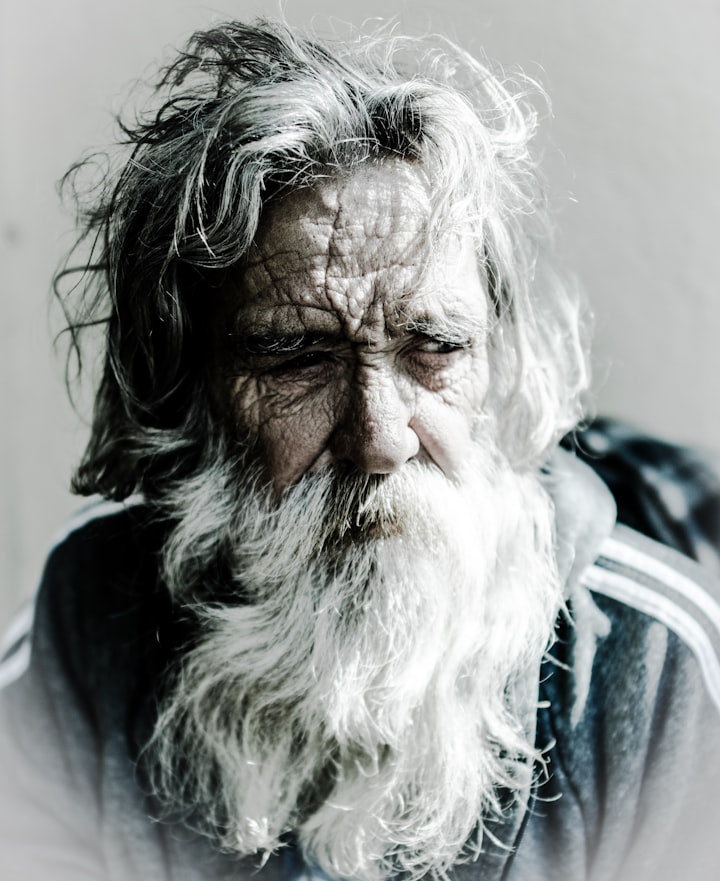
Let's delve into an intriguing question: Did people in the past look older than their actual age? This curiosity arises from the observation that historical photographs often depict individuals who seem to exude an air of maturity beyond their years. The phenomenon is curious indeed, but let's unravel the complexities and nuances that contribute to this perception.
At the age of 18, the renowned astrophysicist Carl Sagan bore the appearance of a teenager. Yet, a fascinating observation emerges when we flip through old high school yearbooks—a repository of time-frozen faces that tell stories of generations past. There, we encounter the paradox of teenagers who appear astonishingly mature, standing on the precipice of adulthood. Take, for instance, the image of a youthful Elizabeth Taylor captured at the tender age of 17. Similarly, portraits of high school students from the 1970s reveal countenances that bear the mark of a seemingly different era.
The discourse on whether people in previous decades looked more mature than their chronological age finds an interesting platform in social media. The question surfaced on Twitter, "Did people used to look older?" This query ignited a cascade of responses, a collection of family photos, and personal anecdotes that shed light on this peculiar phenomenon. Twitter users shared snapshots of their parents in their early twenties—capturing moments frozen in time—showing individuals who appeared older than their age at the time. The phenomenon of appearing older in the past has sparked contemplation, engendering various discussions and even inspiring an assortment of memes.
So, the question remains: Is this perception of retrospective aging grounded in reality, or is it an illusion fueled by cherry-picked examples and tinted with the rosy nostalgia for an era perceived as tougher? The answer is multifaceted, shaped by historical context, lifestyle shifts, and the imperceptible passage of time. The reality is that contemporary humans are aging at a different pace than their predecessors, a trend influenced by an interplay of factors encompassing lifestyle choices, dietary patterns, healthcare advancements, and even skincare practices such as diligent sunscreen application.
Through meticulous research comparing an array of physiological markers across time periods, scholars have unveiled a remarkable truth: People today are sustaining their youthful vitality longer than ever before. This fascinating shift has ushered in a redefinition of age milestones. What used to be associated with a specific age no longer rings true. Sixty, for instance, now seems to embody the spirit of what 56 once represented. Forty has taken on the characteristics of what was expected at 37 and a half, while being 20 now mirrors the essence of being 19. The boundaries of age are shifting as humanity embraces healthier lifestyles and new advances in wellness.
This concept of slower aging raises intriguing questions about human perception, the passage of time, and the evolution of societal norms. For example, the age at which individuals perceive themselves as "old" varies significantly. The phenomenon is not merely a matter of numbers; it's about a fusion of physiological and psychological factors. The perception of age is an intricate dance between biological processes and the individual's self-concept, influenced by societal expectations and personal experiences.
The interesting aspect of this phenomenon is that it isn't isolated to our physical attributes alone. Our choices in clothing, hairstyles, and mannerisms contribute to the illusion of retrospective aging. This interplay between societal trends and personal choices is a fascinating commentary on human behavior and how we construct our identities.
The concept of people looking older in the past extends beyond the realm of appearances. The intriguing "face-name matching effect" adds another layer to this intricate tapestry. Research suggests that people can remarkably guess a stranger's name based on their appearance, highlighting an implicit connection between names and faces. This suggests a profound psychological link between linguistic and visual cues, shaping our perception of individuals in subtle yet profound ways.
Ultimately, the phenomenon of appearing older in the past is a multifaceted exploration into the intertwining realms of psychology, sociology, and physiology. Our perception of age is not just a matter of biology—it's a reflection of the times we live in, the choices we make, and the interplay between our physical appearance and our internal sense of self. As we navigate the ever-changing currents of time, it's a reminder that age is more than just a number; it's a narrative interwoven with history, culture, and personal experiences that shape our understanding of the passage of time.






Comments
There are no comments for this story
Be the first to respond and start the conversation.